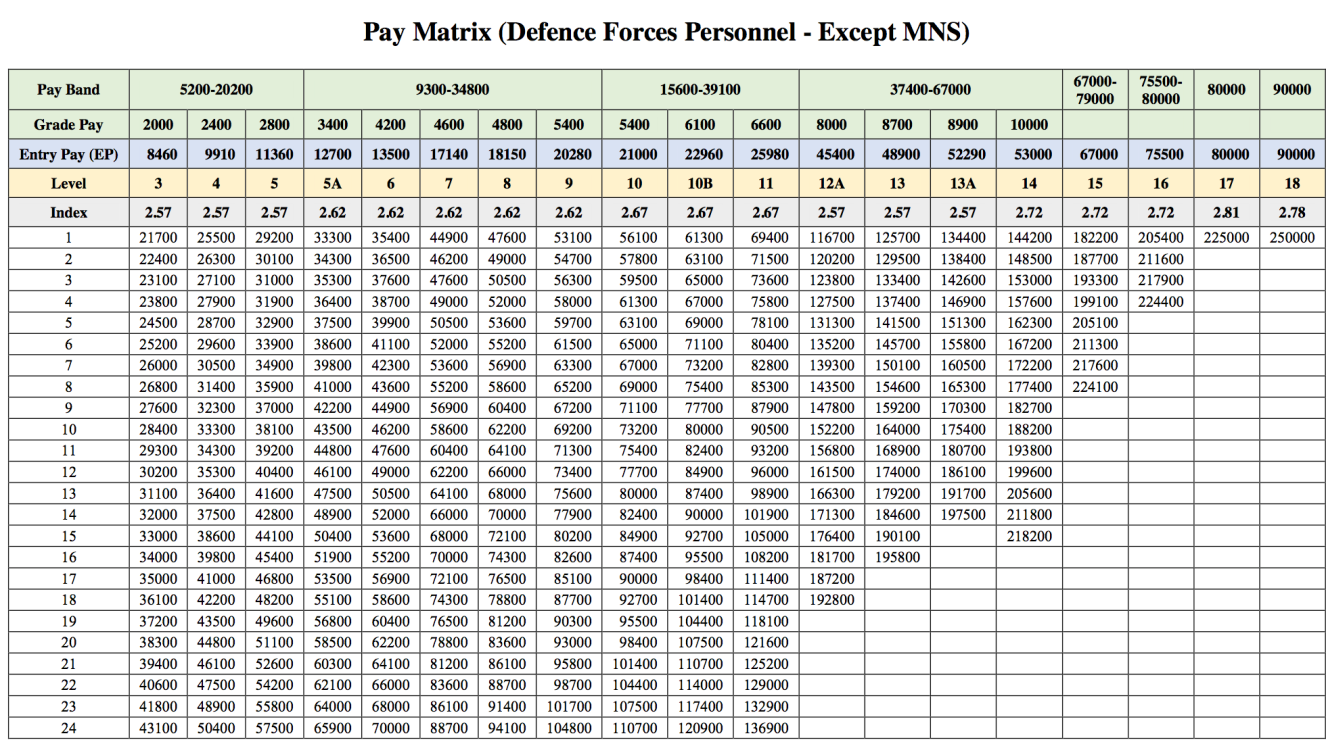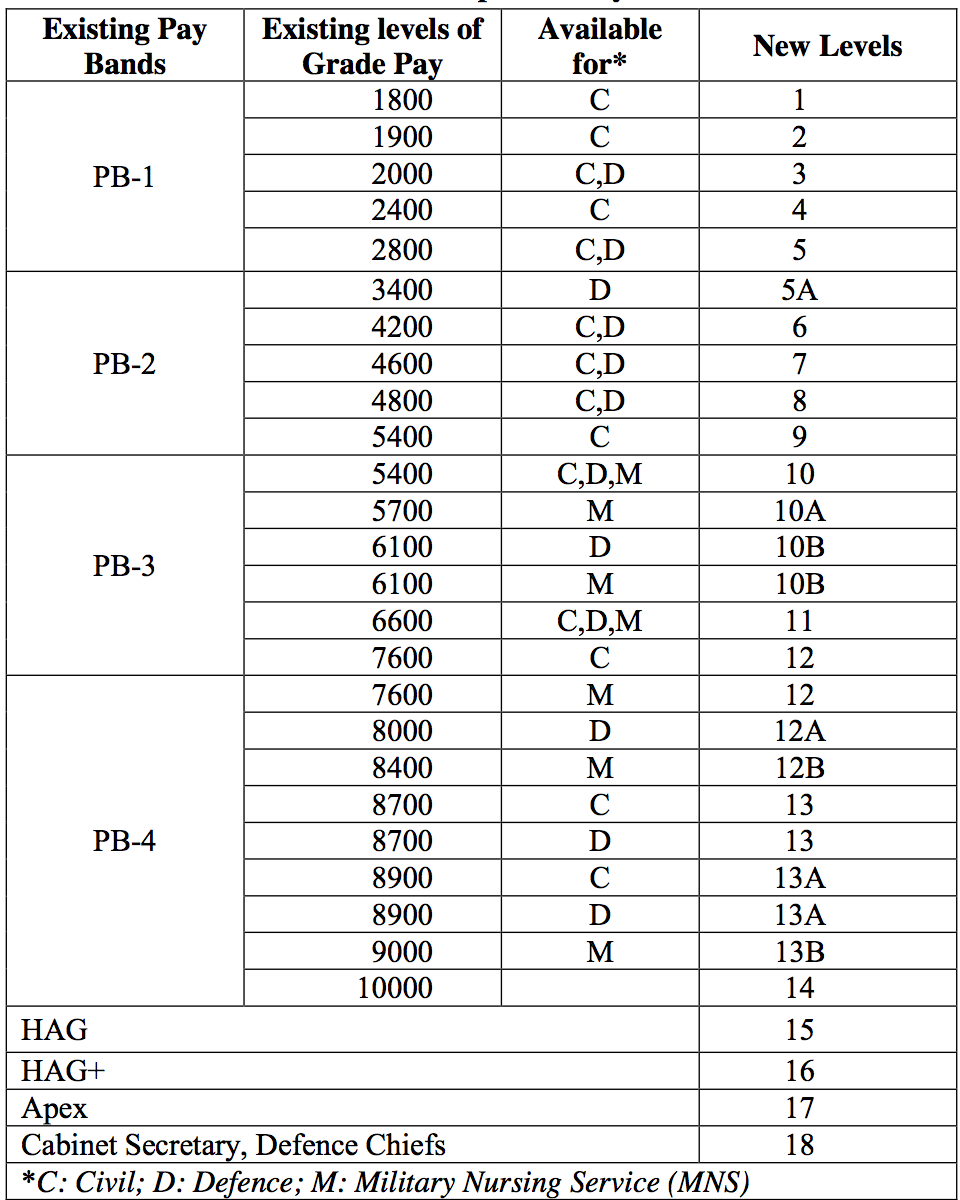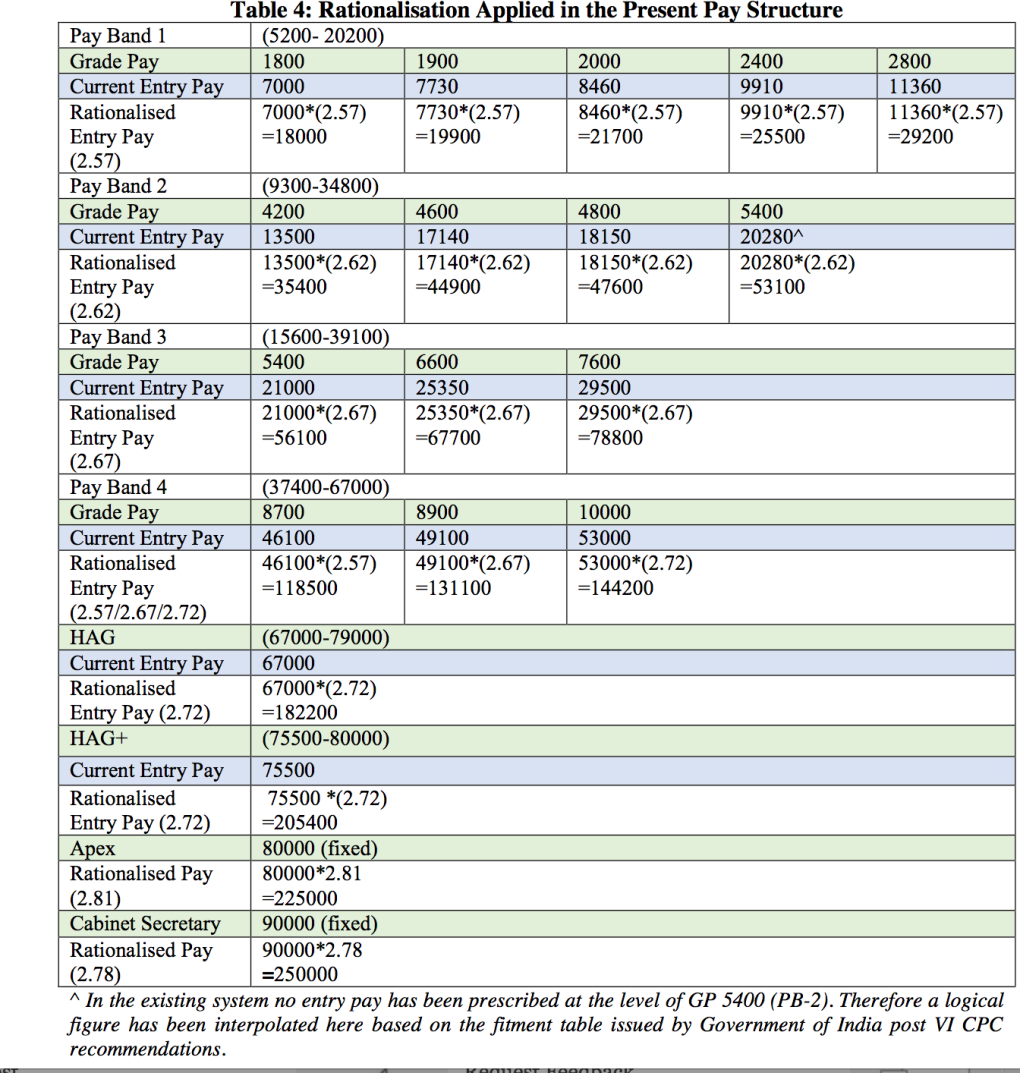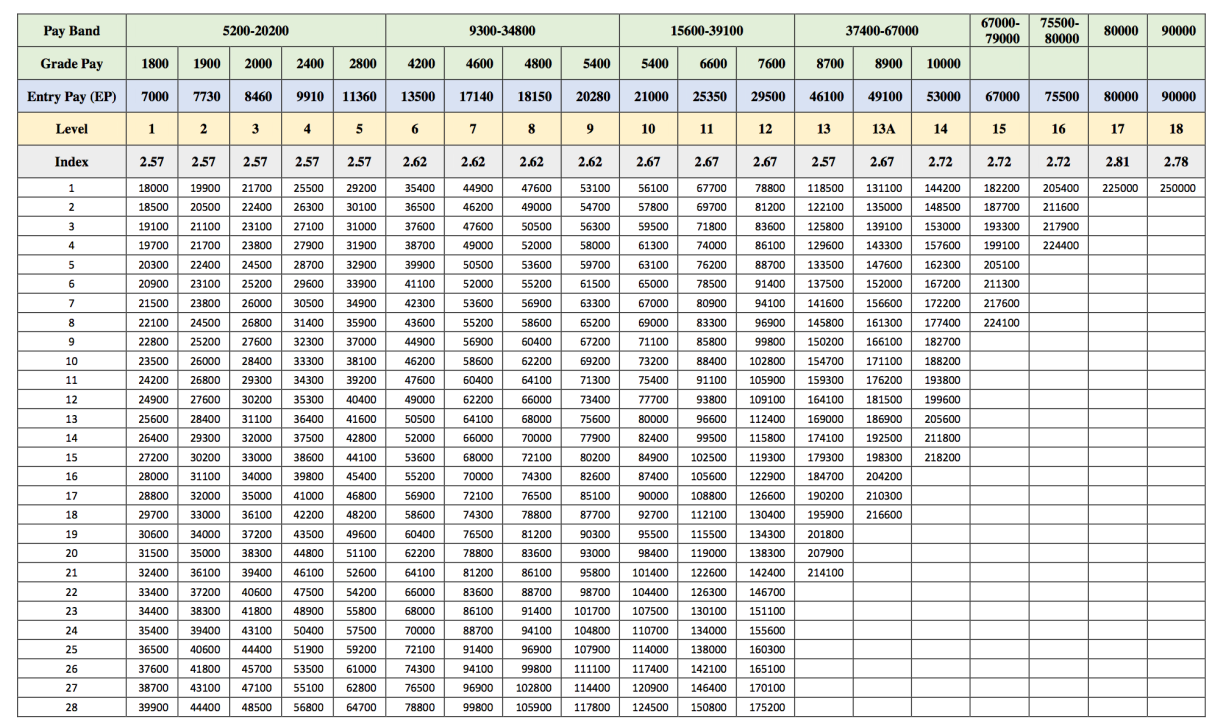Last three years in Delhi have seen many ups and downs in the trial of persons involved in tragic case of brutalisation of a girl in Delhi on 16th December 2012.The horrible crime committed in heart of National Capital witnessed protests from young and old in most vocal fashion. The local police and the trial court under pressure of public opinion acted swiftly and finalised the proceedings leading to conviction of six accused. Moved by the force of public resentment the Govt. tried it’s best to save the life of the young victim, even sending her for treatment abroad. There was also some show of strict action against petty Govt. servants whose negligence is believed to have created enabling conditions for bus operators with shady credentials to operate in the National Capital.The identity of victim was kept a guarded secret and name Nirbhaya (fearless) was given to the victim in appreciation of her fighting spirit.
Yet much remains to be done. The eldest of the accused among the six perpetrators of crime committed suicide -perhaps out of feeling of guilt,being a middle aged family man.The youngest having been found to be a juvenile at the time of committing of crime is now a free man having completed detention period of three years.The remaining four persons convicted by lower rungs of judiciary still evade the hangman’s noose since their appeal against the conviction is yet to be deliberated upon by the Apex court.
Country’s law makers had left no stone unturned to shed crocodile tears on the tragedy. At the last stage when the juvenile accused completed his period of detention and his release appeared imminent,headline grabbing opportunities were contrived by making a show of knocking at midnight at the doors of Supreme Court- a dramatic move which expectedly proved to be unproductive being not supported by law.Country is still waiting for legislative action to plug loopholes which came to fore in dealing with juveniles responsible for heinous crimes.
It is a moot point whether the wide publicity given to this case has brought about any respect for law or it has helped the younger generation of women in feeling secure.Tragically in the three years which followed the mass uprising against crime against women, young women have continued to suffer in the National Capital as well as in rest of the country .
While the curtains appear to be drawing on the tragic case we are confronted with the faces of two mothers whose heart bleeds for a child lost for no fault of theirs.On one side is the face of a mother who regrets the fact that one of the offenders is walking away free due to complexity of law. She feels guilty for not having been able to secure justice for her brutally treated daughter .On the other side is face of a mother in a remote village who had no choice when her young child was moved over to a big city in search of livelihood and got sucked into a vicious life of crime.This mother perhaps also feels guilty for not having been able to give her due to the child.
******************




























